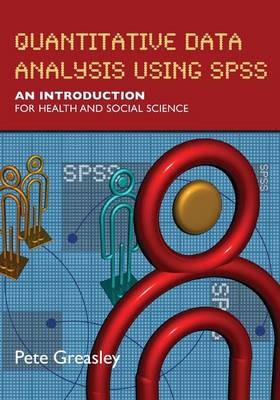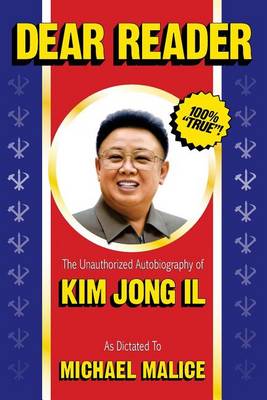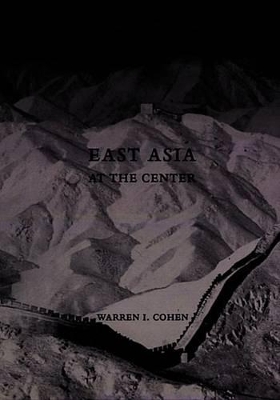The Impacts of Dictatorship on Heritage Management (World History)
by Minjae Zoh
Einfuhrung in die Geschichte Asiens - 3 in 1
by Annemarie Laurenz, Viktoria Niebuhr, and Janina Hansell
Although modernisation in Korea started more than a century later than in the West, it has worked as a prominent ideology throughout the past century-in particular it has brought radical changes in Korean architecture and cities. Traditional structures and ways of life have been thoroughly uprooted in modernity's continuous negation of the past. This book presents a comprehensive overview of architectural development and urbanization in Korea within the broad framework of modernization. Twenti...
Korean painters participated in two major cultural trends of the late Choson period in the eighteenth and nineteenth centuries: inquiry into things Korean and investigation of things Western. Departing from Chinese sources long considered authoritative, they developed the distinctly Korean mode known as “true-view” landscape painting for depicting the scenery of their own country. Rooted in the documentary painting of the early Choson period and displaying special techniques developed to describ...
This title was first published in 2001: Byung-ok Kil's thorough analysis deals with both the broad area of public policy and the specific topic of national security policy change in Korea. Using an historical comparative approach, he tests the relative importance of international and domestic developments as determinants of security policy change. Drawing extensively on carefully selected sources of quantitative and qualitative data including original documents and interviews, this engaging text...
The Encyclopedia of Daily Life (Korean Classics Library: Historical Materials)
This volume is a fully annotated translation of an early nineteenth-century encyclopedia, the Kyuhap ch'ongsŏ (The Encyclopedia of Daily Life). Written by Lady Yi (1759-1824) as a household management aid for her daughters and daughters-in-law, the work is a treasure trove of information on how women of higher status in the late Chosŏn (1392-1910) ran their households and conducted their daily lives. The encyclopedia opens with lengthy sections on making beverages and brewing a wide array of liq...
Korea's Great Buddhist-Confucian Debate (Korean Classics Library: Philosophy and Religion)
This volume makes available in English the seminal treatises in Korea's greatest interreligious debate of the fourteenth and fifteenth centuries. On Mind, Material Force, and Principle and An Array of Critiques of Buddhism by Confucian statesman Ch?ng Toj?n (1342-1398) and Exposition of Orthodoxy by S?n monk Kihwa (1376-1433) are presented here with extensive annotation. A substantial introduction provides a summary and analysis of the philosophical positions of both Neo-Confucianism and Buddhis...
China and North Korea
by U S Military, Department of Defense (Dod), and Stevie L Jones II
Early Korea - Japan Interactions
Volumes in the Early Korea Project Occasional Series focus on central issues related to the study of early Korean history and archaeology. The present volume presents seven studies of interactions between societies and polities on the Korean peninsula and the Japanese archipelago from an archaeological perspective. The time periods reflected in these studies range from the Mumun and Yayoi societies of the first millennium B.C. to the final consolidation of early states in the seventh century A.D...
Premodern Korean Literary Prose
This anthology presents new translations of Korean prose works from the tenth to the nineteenth century. It offers insight into past Korean societies by highlighting genres that have largely not been translated, such as diaries, short fictional biographies, erotic tales, oral narratives, and novellas, all of which illustrate the depth and variety of premodern Korean writings. The selections are intended to show what literate people of the premodern period enjoyed reading and demonstrate the cult...
When George W. Bush took office in 2001, North Korea's nuclear program was frozen and Kim Jong Il had signaled he was ready to negotiate. Today, North Korea possesses as many as ten nuclear warheads, and possibly the means to provide nuclear material to rogue states or terrorist groups. How did this happen? Drawing on more than two hundred interviews with key players in Washington, Seoul, Tokyo, and Beijing, including Colin Powell, John Bolton, and ex-Korean president Kim Dae-jung, as well as...
Quantitative Data Analysis Using SPSS: An Introduction for Health and Social Sciences
by Dr Pete Greasley
Projecting Pyongyang: the Future of North Korea's Kim Jong Il Regime
by Andrew Scobell and Strategic Studies Institute
Forecasting is a challenging business, and this is especially true when North Korea is the subject. A little more than a decade ago, the conventional wisdom was that the end of North Korea was imminent. The country was beset by a severe famine, its economy appeared to have collapsed, and the collapse of the regime seemed destined to follow. In 2008, the conventional wisdom views North Korea as rebounding from the crisis of the last decade and the regime as being on a firm footing. Many experts n...
A common misconception holds that Marco Polo "opened up" a closed and recalcitrant "Orient" to the West. However, this sweeping history covering 4,000 years of international relations from the perspective of China, Japan, Korea, and Southeast Asia shows that the region's extensive involvement in world affairs began thousands of years ago. In a time when the writing of history is increasingly specialized, Warren I. Cohen has made a bold move against the grain. In broad but revealing brushstrokes,...
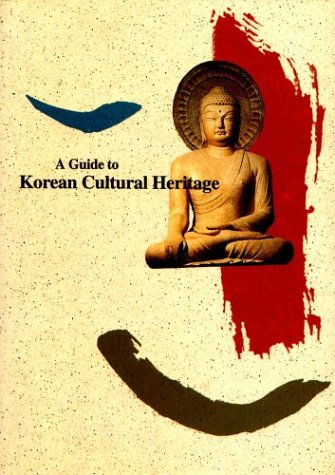
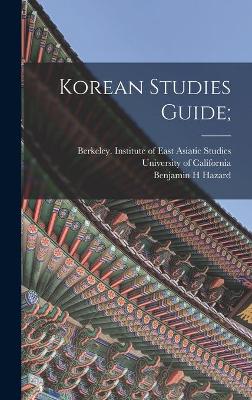
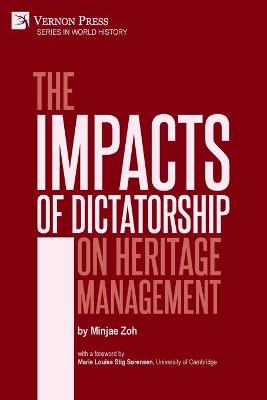

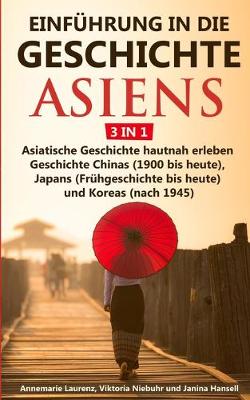
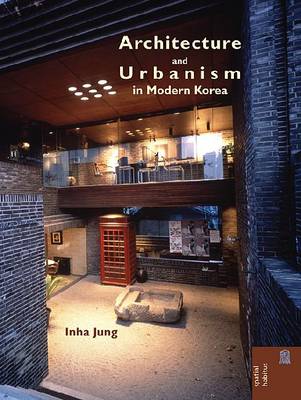
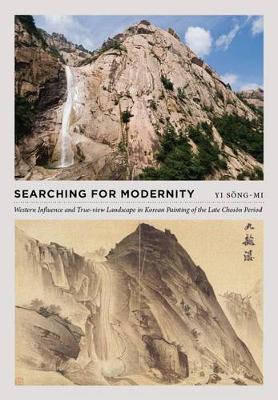
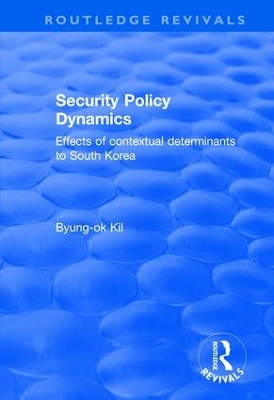

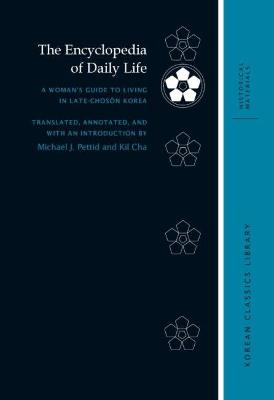
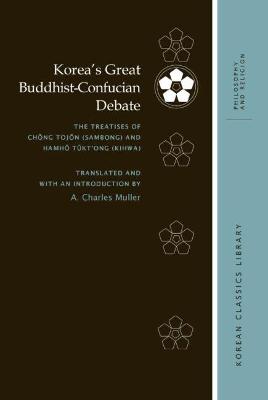
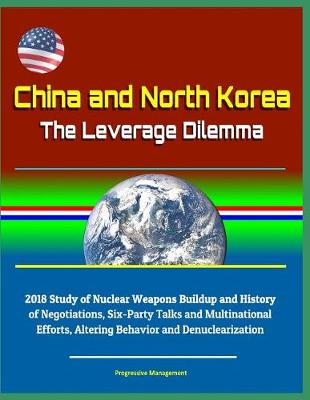
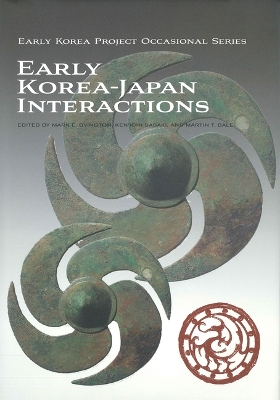
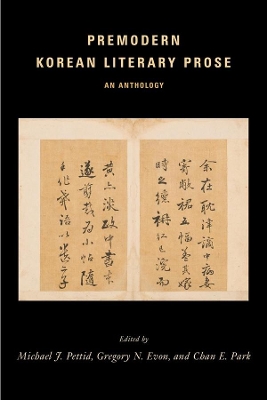
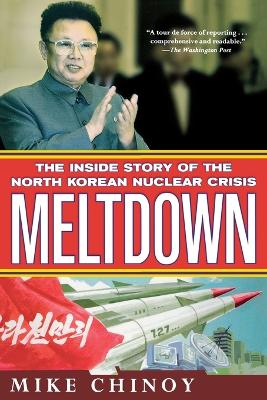
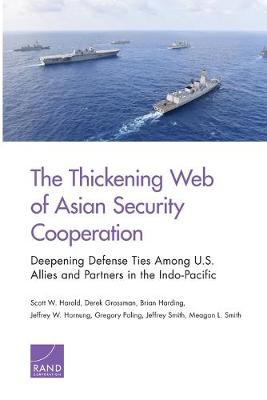

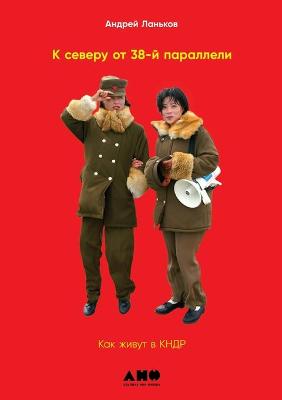
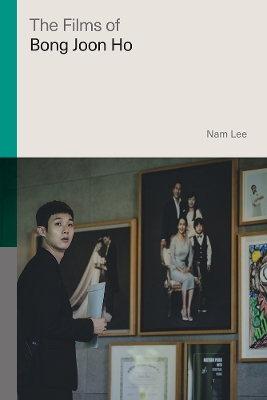
![Cover of Underwood of Korea [microform]](https://images.bookhype.com/covers/f5/84/94d3cd72-d40b-47a7-bce6-81f87c4f485f/9781015380424-f48bdfd792320e55e9ef56.jpg)
